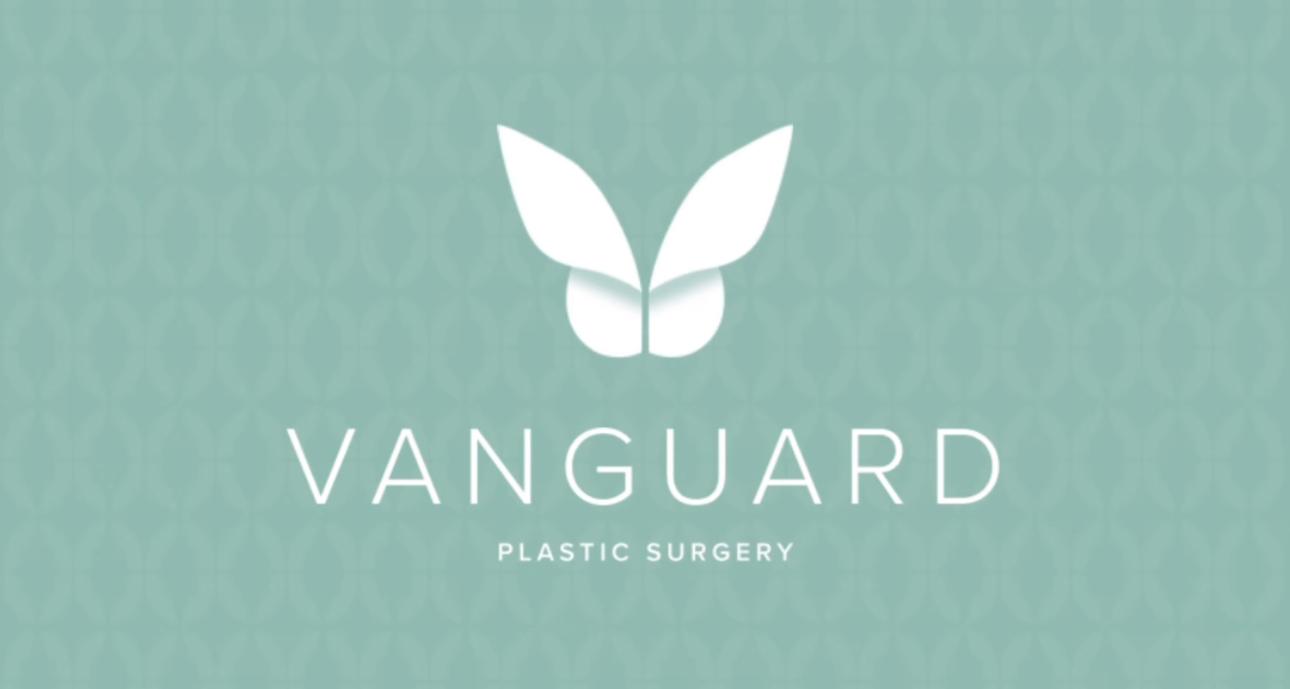Rhinoplasty, commonly known as a nose job, is a surgical procedure to reshape or resize the nose. Some potential benefits of rhinoplasty include:Improved facial harmony: Rhinoplasty can enhance the overall balance and symmetry of the face by reshaping the nose to better fit the features of the face.
Correction of breathing problems: In some cases, rhinoplasty can improve airflow and functionality of the nose, helping to address breathing issues such as a deviated septum.
Boost in self-confidence: Many individuals report feeling more confident and satisfied with their appearance after rhinoplasty, which can have a positive impact on self-esteem.
Correction of structural defects: Rhinoplasty can address structural issues such as bumps on the bridge of the nose, a crooked nose, a bulbous tip, or a nasal hump.
Treatment of injuries: Rhinoplasty can also be used to repair damage to the nose caused by trauma or injury, restoring both aesthetics and function.
As with any cosmetic surgery, it's essential to consult with a qualified plastic surgeon to discuss your goals, expectations, and medical history, as well as to understand the potential risks and limitations of the procedure.

A rhinoplasty, commonly known as a "nose job," is a surgical procedure that involves reshaping or reconstructing the nose to improve its appearance or function. Here's an overview of what the procedure typically involves:
Consultation: Before the surgery, you'll meet with a plastic surgeon to discuss your goals, medical history, and the potential risks and benefits of the procedure. During this consultation, the surgeon will also evaluate your nasal structure and discuss the changes you'd like to make.
Anesthesia: Rhinoplasty can be performed under general anesthesia or local anesthesia with sedation, depending on the extent of the surgery and the surgeon's preference.
Incisions: The surgeon will make incisions inside the nostrils (closed rhinoplasty) or across the columella (the strip of tissue between the nostrils) and inside the nostrils (open rhinoplasty). The choice of incision technique depends on the complexity of the procedure and the surgeon's preference.
Reshaping the nose: Once the incisions are made, the surgeon will access the underlying nasal structure and reshape the bone, cartilage, and soft tissues to achieve the desired outcome. This may involve removing or adding tissue, straightening a crooked nose, reducing a hump, refining the tip, or adjusting the nostril size and shape.
Closure: After the desired changes are made, the incisions are closed with dissolvable or removable sutures. If external incisions were made (open rhinoplasty), the surgeon may place external sutures as well.
Recovery: Following the procedure, you'll need to follow your surgeon's post-operative instructions carefully. This may include wearing a splint or nasal packing for support, avoiding strenuous activities, and attending follow-up appointments. Swelling and bruising are common after rhinoplasty and typically subside over the following weeks and months.
It's important to choose a qualified and experienced plastic surgeon for your rhinoplasty procedure to ensure the best possible results and minimize the risk of complications. Additionally, rhinoplasty is a highly individualized procedure, and the techniques used will depend on your specific nasal anatomy and aesthetic goals.

Male chest reduction, also known as gynecomastia surgery, is a cosmetic procedure to reduce the size of enlarged male breasts. It is typically done to treat gynecomastia, a condition that can result in overdeveloped or enlarged breasts in men. The surgery may involve liposuction, excision of glandular tissue, or a combination of both to achieve a flatter, more masculine chest appearance. It is essential to consult with a qualified plastic surgeon to discuss the procedure, expected outcomes, and possible risks.






